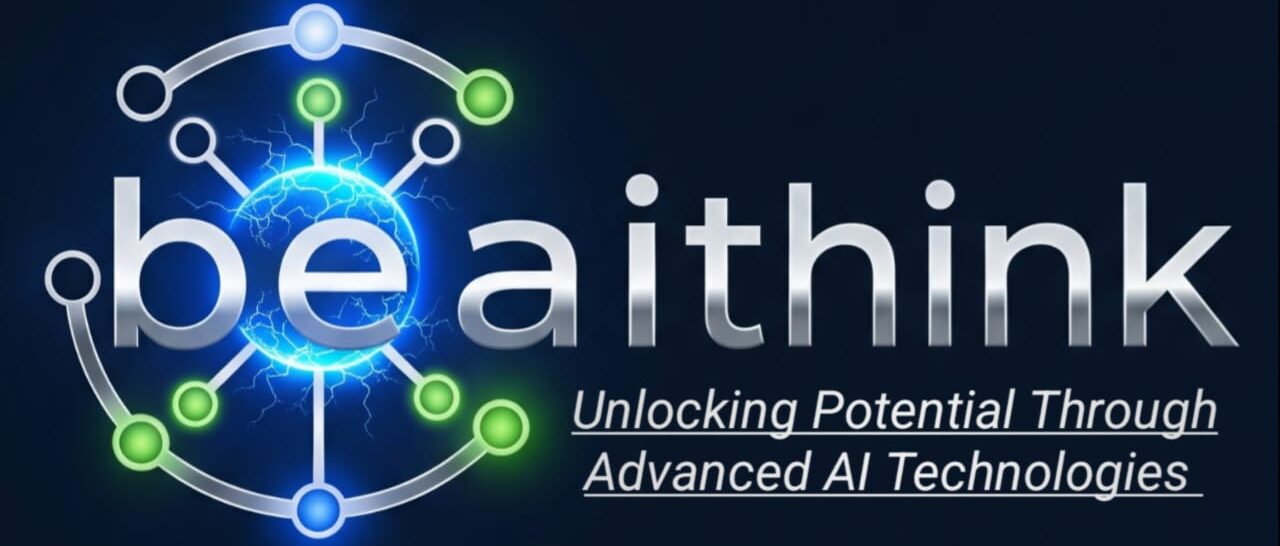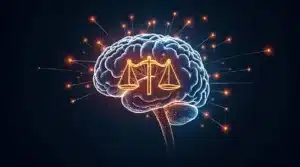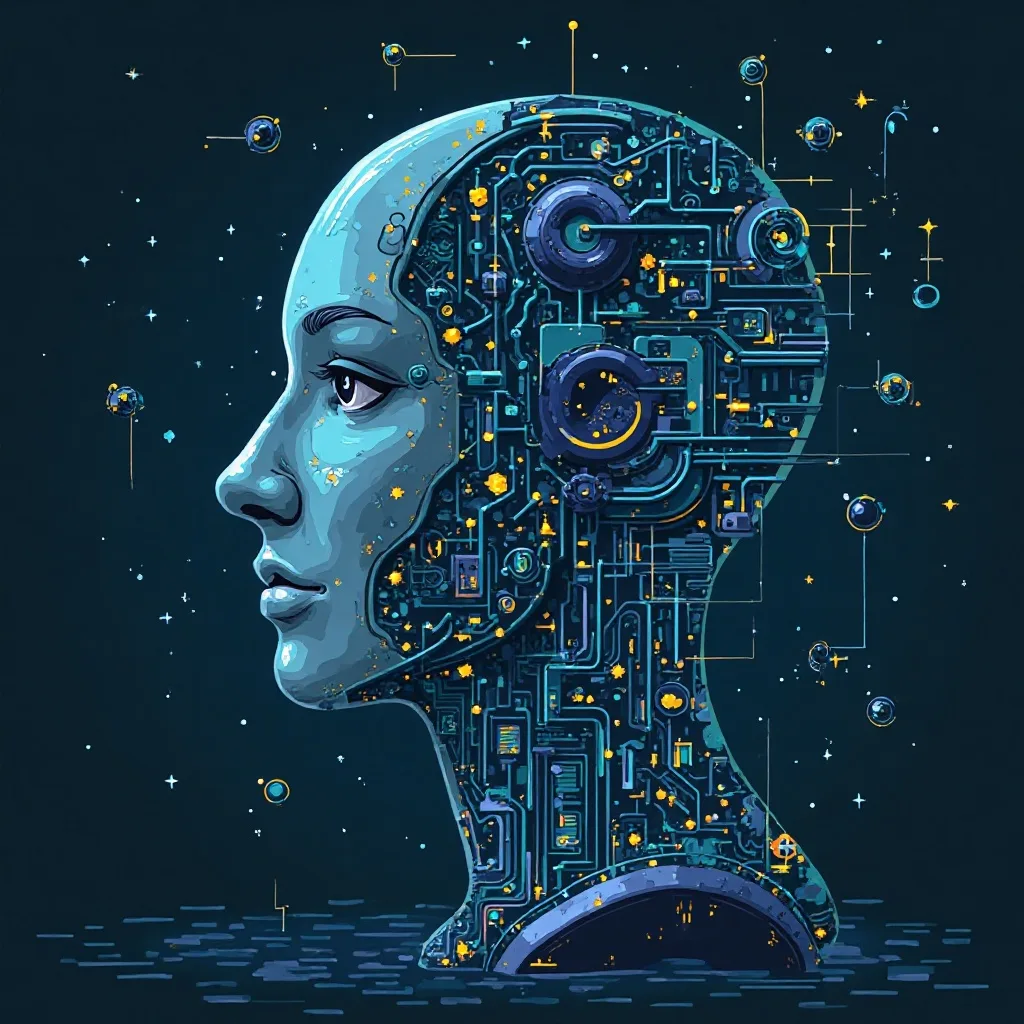Artificial Intelligence ethics is about balancing technological innovation with moral responsibility. As AI systems become more advanced and integrated into our lives, it’s crucial to address important ethical questions.
AI ethics refers to the moral principles and guidelines that govern how artificial intelligence technologies are developed, deployed, and used. The goal is to ensure that AI systems benefit humanity and avoid causing harm.
The rapid growth of AI capabilities brings up important ethical issues:
- Decision-making autonomy: When AI systems make choices that directly affect human lives
- Accountability gaps: Figuring out who is responsible when AI actions have unintended consequences
- Control mechanisms: Ensuring that humans still have meaningful oversight over AI systems
These concerns are especially significant as AI takes on more complex roles in areas such as:
- Healthcare diagnosis and treatment planning
- Criminal justice risk assessments
- Financial lending decisions
- Autonomous vehicle navigation
- Military applications
These examples highlight the importance of incorporating ethical considerations into AI development from the very beginning. When AI systems have the power to influence major decisions in people’s lives, it’s essential that their design and implementation prioritize human values, rights, and societal impact.
The ethical framework surrounding AI is constantly evolving as new capabilities arise. It’s vital for developers, policymakers, and users to understand these ethical aspects in order to ensure that AI serves humanity’s best interests while upholding fundamental human rights and dignity.
The Moral Concerns of AI Autonomy
AI autonomy challenges our fundamental understanding of human agency and decision-making authority. As AI systems become increasingly self-directed, they reshape traditional social norms and ethical frameworks built around human judgment.
The Dilemma of Autonomous Vehicles
Consider autonomous vehicles: These AI systems make split-second decisions that directly impact human lives. When faced with unavoidable accidents, they must choose between different harmful outcomes – a decision traditionally reserved for human moral reasoning.
The Complexity of AI in Healthcare
The integration of autonomous AI in healthcare presents another critical dimension:
- AI systems diagnosing patients without direct human oversight
- Algorithms determining treatment priorities in resource-limited situations
- Automated systems managing life-support equipment
These applications raise profound questions about the boundaries of machine authority versus human judgment. The medical profession’s core principle of “first, do no harm” takes on new complexity when AI systems make independent clinical decisions.
Preserving Human Dignity in the Age of AI
The preservation of human dignity requires careful consideration of where to draw lines between AI and human authority. Some key areas demanding attention include:
- Personal Privacy: AI’s ability to process intimate personal data
- Individual Autonomy: The right to opt out of AI-driven decisions
- Human Relationships: Maintaining meaningful human connections in AI-mediated interactions
The push for innovation must be balanced against these fundamental human rights. Companies developing autonomous AI systems face the responsibility of implementing safeguards that protect human agency while advancing technological capabilities.
Responsibility in the Age of AI
The question of responsibility in AI systems presents unique challenges to our traditional understanding of accountability. When an AI makes a decision that leads to harm – who bears the responsibility? The creator, the operator, or the AI itself?
The Complexity of Responsibility in AI
Consider a self-driving car accident: The vehicle’s AI makes split-second decisions that result in property damage or injury. The responsibility chain becomes complex:
- Software Developers: Created the decision-making algorithms
- Car Manufacturers: Implemented the AI system
- Vehicle Owners: Chose to use autonomous technology
- AI System: Made the actual decision
This distributed responsibility model creates gaps in accountability. Legal frameworks struggle to adapt to these new scenarios, leaving victims of AI-related incidents in potential limbo.
The Impact of Increasing Autonomy
The increasing autonomy of AI systems adds another layer of complexity. As AI becomes more sophisticated, human oversight diminishes. Banking algorithms make lending decisions affecting millions of lives. Medical AI systems diagnose patients and recommend treatments. These autonomous decisions carry significant weight, yet the mechanisms for holding these systems accountable remain unclear.
The Challenge of “Black Box” AI
The rise of “black box” AI – systems whose decision-making processes are opaque – compounds these challenges. You can’t effectively assign responsibility when you don’t understand how decisions are made. This lack of transparency creates a responsibility vacuum that needs addressing through robust governance frameworks and clear accountability structures.
Navigating the Complexities of AI Control
The rise of advanced AI technologies has created unprecedented capabilities for data collection and analysis. Modern AI systems can process vast amounts of personal information, tracking individual behaviors, preferences, and patterns across multiple platforms and devices.
Key Privacy Concerns in AI Data Collection:
- Continuous surveillance through smart devices
- Unauthorized data harvesting
- Cross-platform tracking
- Behavioral profiling
- Biometric data collection
The widespread use of AI surveillance raises important ethical questions about personal privacy and independence. Companies can now create detailed psychological profiles of users, predicting and influencing their decisions through targeted content and personalized manipulation strategies.
These abilities go beyond commercial uses and into potentially dangerous areas:
“The combination of AI-powered surveillance and behavioral manipulation creates a perfect storm for privacy violations and social control” – AI Ethics Institute
Real-world examples show these risks:
- Smart home devices recording private conversations
- Facial recognition systems tracking movement without consent
- Social media algorithms creating addiction-like engagement patterns
- Healthcare AI systems accessing sensitive medical data
The challenge is to find effective ways to control AI while still allowing its beneficial uses. Existing laws and regulations are struggling to keep up with the rapidly changing capabilities of AI, leaving gaps in protection against privacy violations and manipulation.
Technical solutions like differential privacy and federated learning offer promising approaches to data protection, yet implementation remains inconsistent across the industry. The need for standardized privacy-preserving techniques grows as AI systems become more sophisticated in their data collection and analysis capabilities.
Ensuring Ethical Practices in Trustworthy AI Development
The development of trustworthy AI systems requires following certain principles that protect individual rights and societal interests. Leading organizations and regulatory bodies have established key guidelines:
Core Principles of Trustworthy AI:
- Transparency: AI systems must provide clear explanations for their decisions, a concept known as AI transparency.
- Fairness: Algorithms should treat all individuals and groups equitably
- Accountability: Clear lines of responsibility for AI outcomes
- Robustness: Systems must perform reliably under various conditions
- Human-centric: AI development should prioritize human values and well-being
However, putting these principles into practice is not easy. Companies often find it challenging to balance the need for transparency with the desire to protect their proprietary algorithms. Additionally, technical limitations may make it difficult to explain complex AI decision-making processes to non-technical stakeholders.
Rapid technological advancement creates additional challenges for ethical guideline enforcement. By the time regulatory frameworks are established, new AI capabilities often emerge that weren’t considered in the original guidelines. This constant evolution requires adaptive approaches to ethical oversight.
Current Implementation Challenges:
- Lack of standardized assessment methods for AI fairness
- Competing definitions of transparency across different contexts
- Limited technical tools for explaining complex AI decisions
- Resource constraints in smaller organizations
- Cultural differences in ethical interpretations
The competitive nature of the tech industry can sometimes lead to rushing AI deployment before proper ethical safeguards are in place. Organizations must find a balance between speeding up innovation and following responsible development practices to maintain public trust and prevent harmful outcomes.
Mitigating Harmful Applications of Advanced AI Technologies
The potential misuse of AI systems presents critical ethical challenges that demand immediate attention. Advanced AI technologies can be weaponized in ways that threaten human safety and security:
1. Autonomous Weapons Systems
AI-powered military applications raise concerns about machines making life-or-death decisions without human intervention.
2. Social Engineering
Bad actors can exploit AI to create sophisticated phishing attacks and manipulation campaigns.
3. Deepfake Technology
AI-generated synthetic media enables identity theft, fraud, and targeted disinformation.
The unintended consequences of poorly controlled AI systems extend beyond intentional misuse:
- System malfunctions in critical infrastructure
- Algorithmic cascades in financial markets
- Automated systems amplifying societal biases
Implementing robust safeguards requires:
- Rigorous testing protocols
- Clear deployment guidelines
- Regular security audits
- Built-in system limitations
Organizations developing advanced AI must prioritize safety mechanisms and ethical constraints in their design process. The integration of “kill switches” and human oversight capabilities helps prevent catastrophic system failures or malicious exploitation.
Professional Ethics in Artificial Intelligence Innovation
The rapid advancement of AI technology requires strong professional ethics frameworks. Leading organizations like IEEE and ACM have established specialized guidelines for AI practitioners, similar to medical ethics codes. These frameworks address:
- Transparency requirements in algorithm development
- Bias detection and mitigation protocols
- Safety testing standards for AI systems
- Documentation of system limitations and potential risks
Ethical Training in Professional Certifications
Professional certifications now include ethical training components, requiring AI developers to demonstrate competency in:
- Identifying potential harm scenarios
- Implementing safeguards against misuse
- Protecting user privacy and data rights
- Ensuring algorithmic fairness
Ethics Oversight in Tech Companies
Tech companies have started incorporating ethics review boards and dedicated ethics officers to oversee AI development projects. These roles help establish accountability measures and ensure compliance with ethical guidelines throughout the development lifecycle.
Evolving AI Ethics Landscape
The AI ethics landscape continues to evolve, with practitioners actively participating in developing industry standards and best practices. Regular ethics audits and peer reviews are becoming standard practice in responsible AI development.
Conclusion
Navigating the ethics minefield of AI development requires a careful balance between technological progress and ethical responsibility. The rapid advancement of artificial intelligence has the potential to bring about significant change, but its implementation must be in line with human values and the well-being of society.
The way forward involves:
- Strong ethical frameworks that adapt alongside technological capabilities
- Involvement from various stakeholders in shaping AI governance
- Ongoing evaluation of AI’s impact on human autonomy and dignity
- Dedication to openness and accountability in AI development
We cannot separate the pursuit of societal good through AI innovation from ethical considerations. As AI systems become more complex and integrated into our everyday lives, the choices we make today will influence the technological landscape of the future.
The challenge is not to choose between progress and ethics, but to encourage responsible innovation that benefits humanity. By giving priority to ethical considerations in AI development, we establish a basis for sustainable technological advancement that empowers rather than diminishes human potential.
The future of AI relies on our capacity to confront these ethical challenges directly, ensuring that technological progress acts as a driving force for positive societal change while upholding essential human values and rights.
FAQs (Frequently Asked Questions)
What is artificial intelligence ethics and why is it important?
Artificial intelligence ethics refers to the moral principles guiding the development and deployment of AI systems. It is crucial to ensure that AI technologies respect human dignity, uphold fairness, and prevent harm, thereby fostering trust and accountability in AI applications.
What are the main moral concerns associated with AI autonomy?
AI autonomy raises significant moral concerns including its impact on human agency, the challenge to traditional norms, and the risks posed by autonomous decision-making systems. Balancing innovation with safeguarding human dignity remains a key ethical issue in this context.
How is responsibility addressed in the age of increasingly autonomous AI systems?
Responsibility in AI involves establishing accountability for decisions made by AI systems and ensuring proper governance structures. Ethical considerations focus on mitigating risks related to loss of human control over autonomous AI, emphasizing the need for transparent and accountable AI practices.
What ethical challenges arise from AI control and data collection?
Advanced AI technologies enable unprecedented levels of data collection, raising ethical concerns about privacy violations and behavioral manipulation. Ensuring ethical control over AI involves addressing these risks while maintaining transparency and respecting user rights.
How can trustworthy AI development be ensured through ethical practices?
Trustworthy AI development relies on principles such as transparency, fairness, and adherence to ethical guidelines. Overcoming challenges in enforcing these principles within a rapidly evolving technological landscape is essential for building reliable and socially beneficial AI systems.
What professional ethics should guide innovation in artificial intelligence?
Developing codes of professional ethics for AI practitioners promotes responsible innovation by providing clear guidelines that prioritize societal good, ethical considerations, and long-term well-being. Such frameworks help navigate the complex ethical minefield inherent in cutting-edge AI developments.




